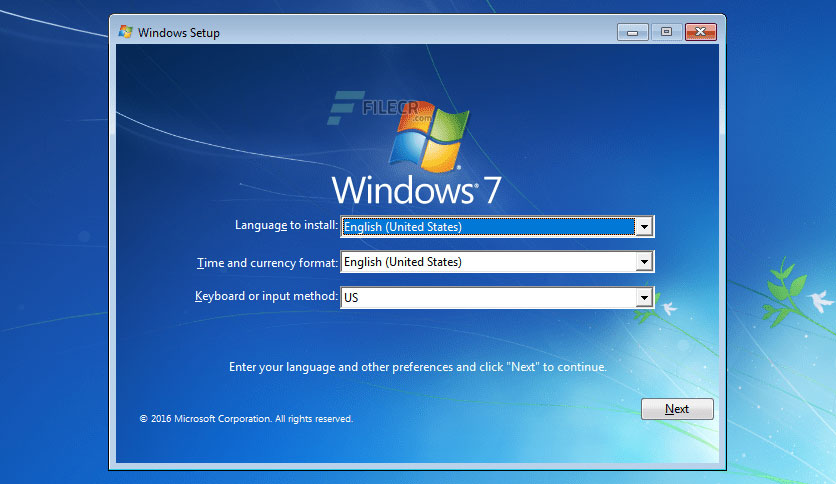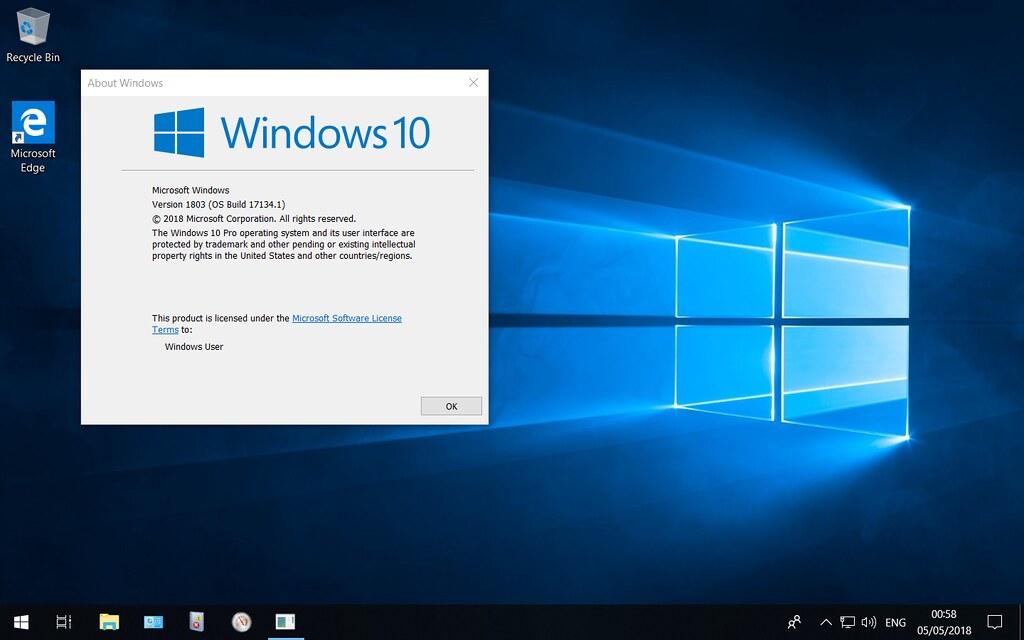
If you are unsure, push ESC and that will bring you to command mode. the Escape button, going to COMMAND mode, and then: to go to EX mode. From COMMAND mode, you push colon, :, and a colon will appear at the bottom line, where you can type the above commands.įrom INSERT mode, you need to push ESC, i.e. If you started vi with a filename, you need not give it here again.Īt last, the most important: how can you reach EX mode?ĮX mode is for long commands that you can see typing at the bottom line of the screen.

Upon starting, vi goes into COMMAND mode, where you can type short, few character commands, blindly. Vi is a finite state machine with only three states. I draw this to my students each semester and they seem to grasp vi afterwards. Pictures are worth a thousand Unix commands and options: Vim has extensive help - that you can access with the :help command - where you can find answers to all your questions and a tutorial for beginners.

You can also exit Vim directly from "Normal mode" by typing ZZ to save and quit (same as :x) or ZQ to just quit (same as :q!).

:cq to quit without saving and make Vim return non-zero error (i.e.:x to write and quit (similar to :wq, but only write if there are changes).:wq! to write and quit even if file has only read permission (if file does not have write permission: force write).:q! to quit without saving (short for :quit!).To execute a command, press the Enter key. A colon ( :) will appear at the bottom of the screen and you can type in one of the following commands. Then you can type : to enter "Command-line mode".


 0 kommentar(er)
0 kommentar(er)
